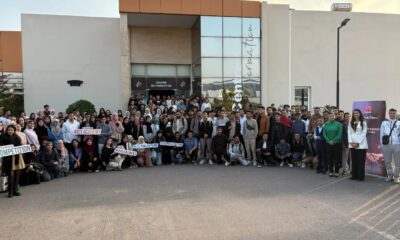Business
AI and Consumer Confidence: The Fashion Industry’s Path to 2025

The global fashion industry faces significant challenges as it heads into 2025, with customer confidence and spending appetite identified as major risks. Shoppers are increasingly trading down, leading to high dissatisfaction rates; 94% of e-commerce sites do not meet user experience standards, according to the Baymard Institute. In response, improving customer experience through AI investments is becoming crucial, with 82% of customers wanting AI assistance and 86% interested in using AI for shopping.
McKinsey estimates that generative AI could unlock up to $275 billion in operating profits for the apparel, fashion, and luxury sectors. Premium shoppers expect specialized services, raising concerns about AI’s role in luxury brand interactions. Successful engagement strategies require incentivizing data capture, as exemplified by a QR code that achieved zero scans without incentives.
Transparency in using AI is essential, particularly for demographics like Baby Boomers. As AI streamlines workloads, there is potential for hybrid roles that integrate technology with traditional job functions to grow in significance. The integration of AI presents both opportunities and challenges, demanding a strategic approach to consumer engagement and workforce adaptation in the fashion industry.
Source: Business of Fashion













